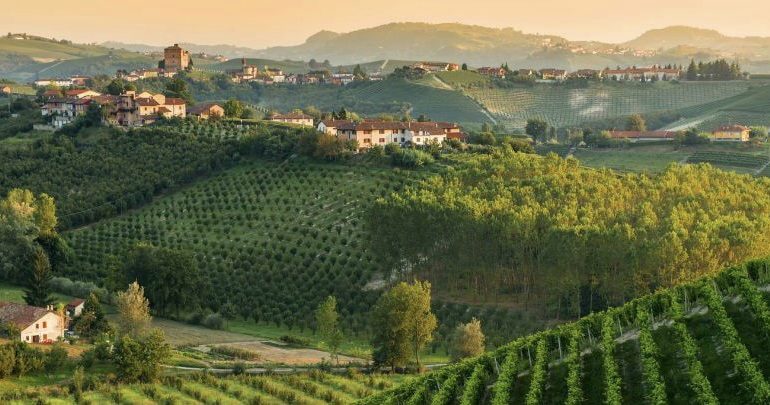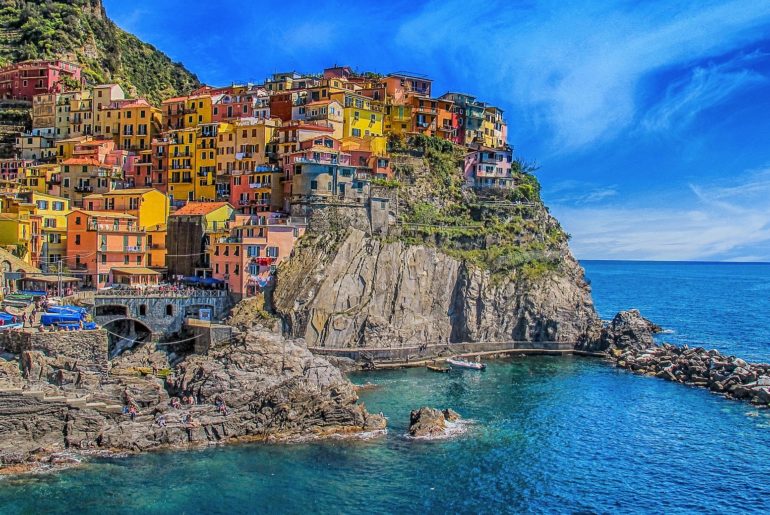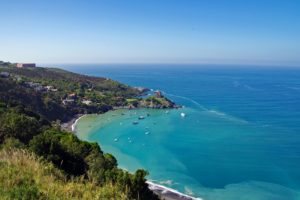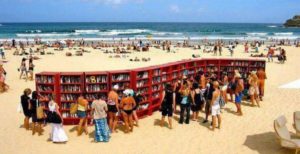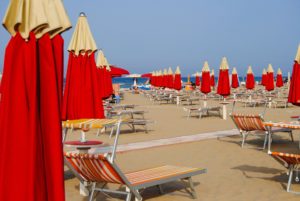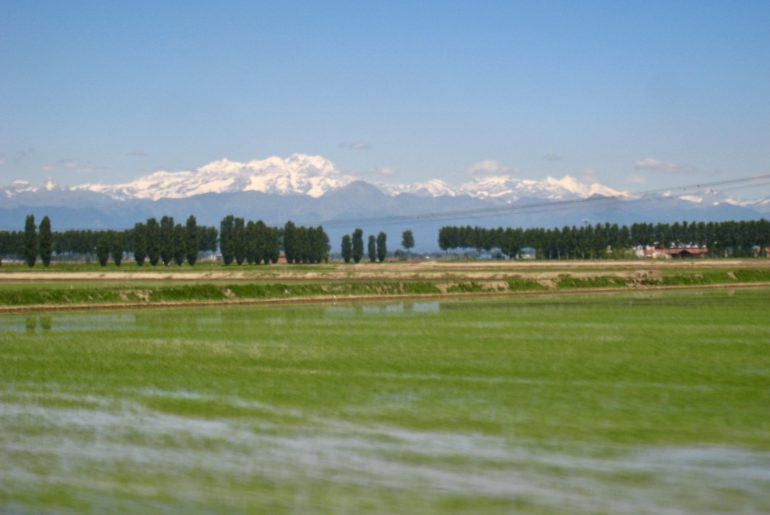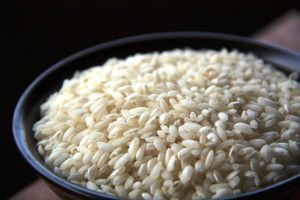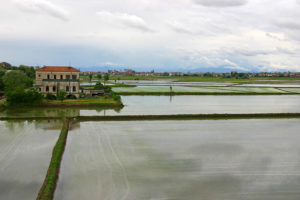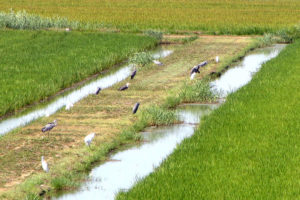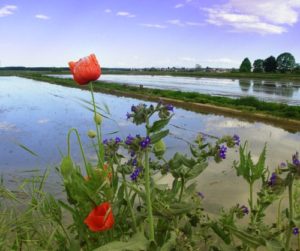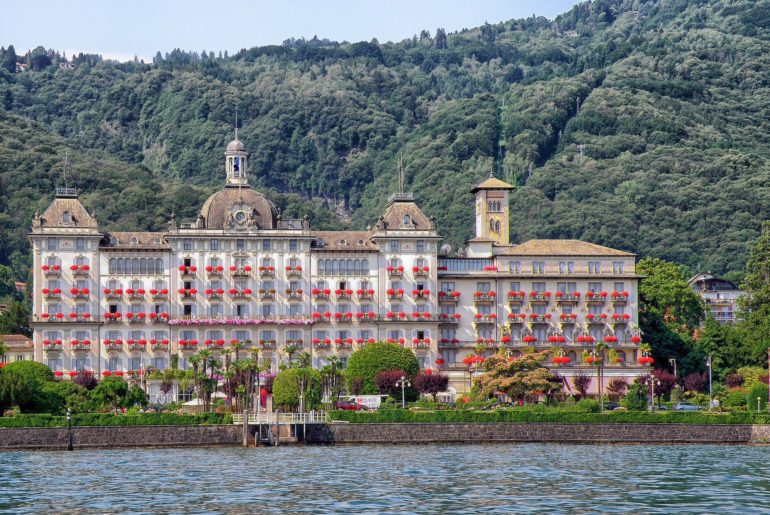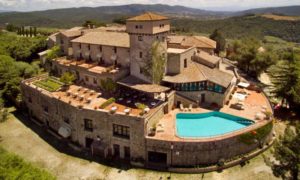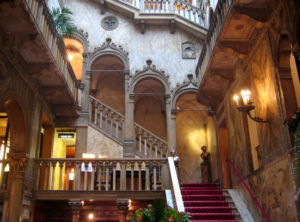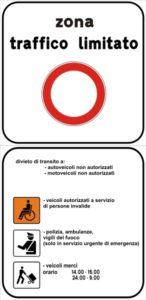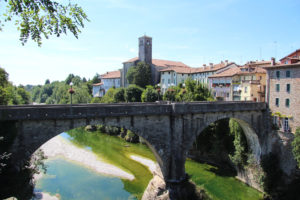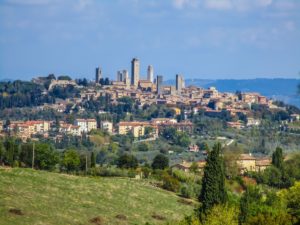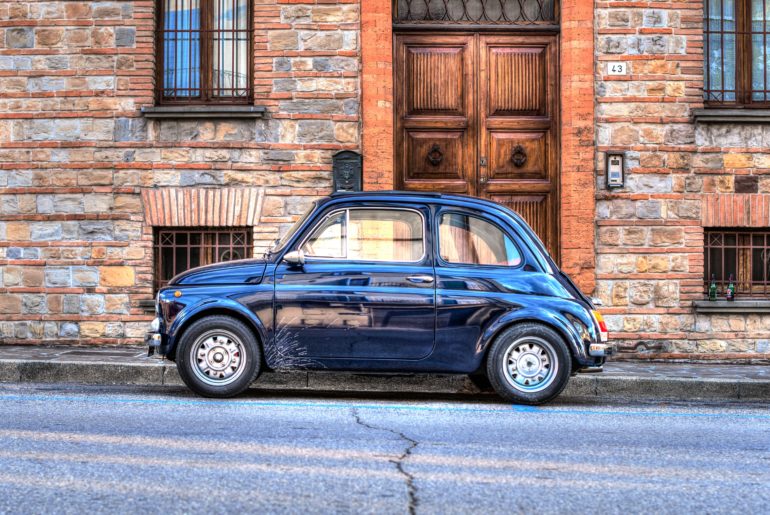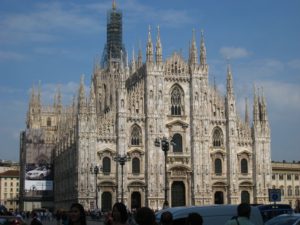An incredible alternative to the Chianti area is Piemonte’s Langhe area. This rich wine region has everything that a tourist is looking for in a holiday. The Langhe area is first class in food, architecture, wine and nature. Barolo, Barbaresco, Dolcetto and Moscato are just a few of the many wines produced here and sold throughout the world. It is also an UNESCO World Heritage protected region.
The Secret is out
The hills around Cherasco were described by Napoleon as God’s gift and the food is second to none. Porcini, Truffles, Brasato al Barolo or Agnolotti del Plin are traditional, -must -try dishes when you are in the Langhe. But, don’t stop with just those.
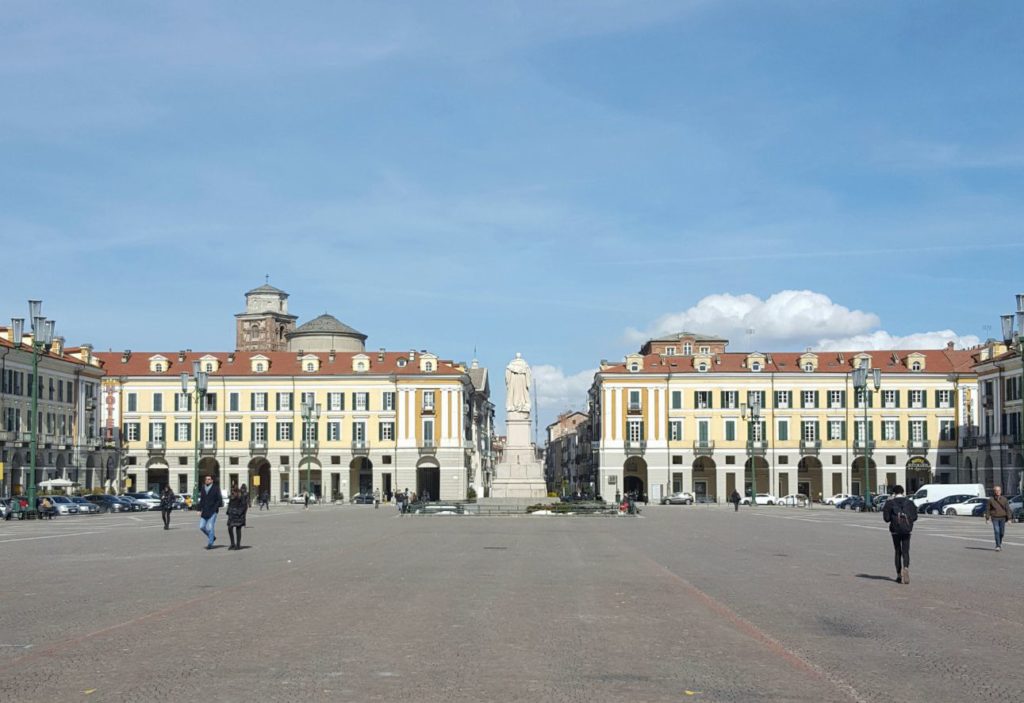
I’ve known individual that arrive at Milan Malpensa airport, rent a car and head straight to Tuscany because they want to experience the Italian wine region, not realizing much closer is probably one of the most incredible wine areas in the world. Of course if you are going to sip wine you need good food and the Langhe doesn’t disappoint.
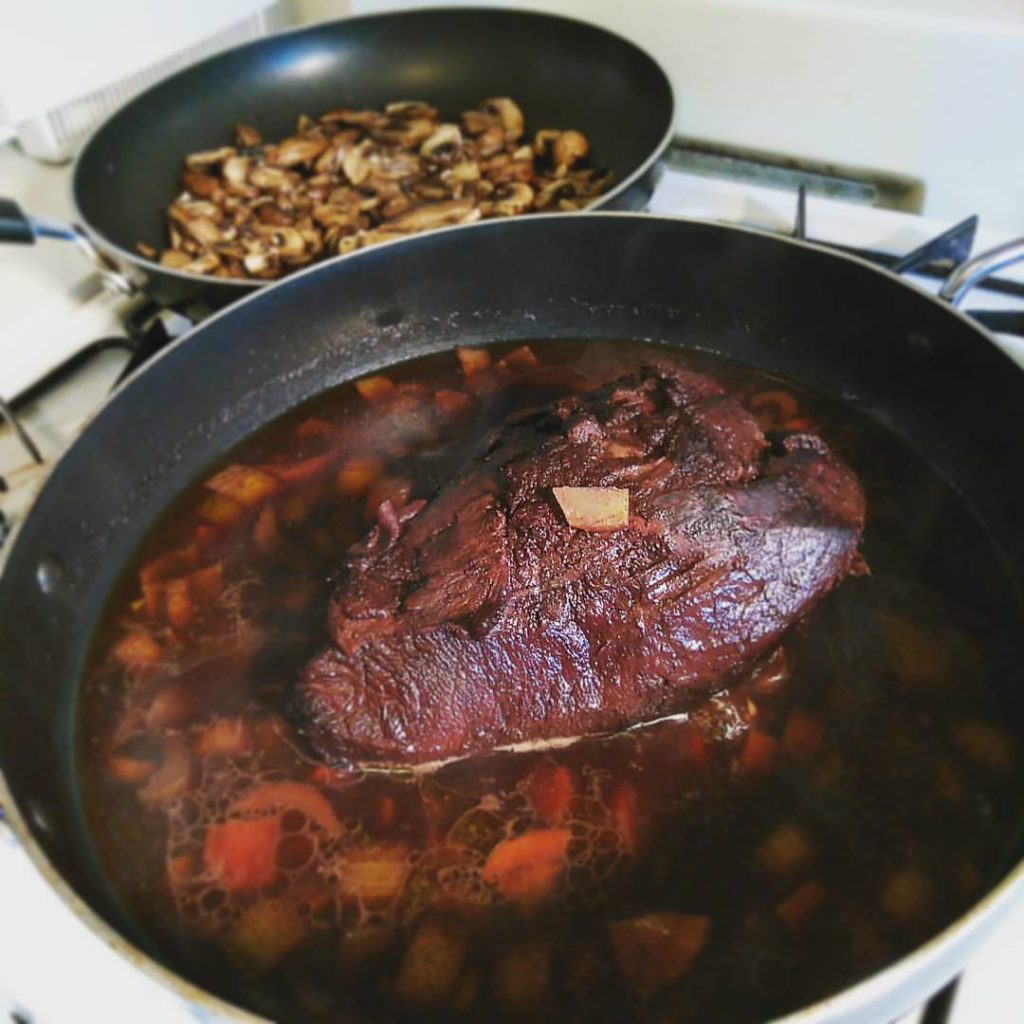
Canelli is in the province of Asti, not even two hours south of Milan. Here your memorable journey will start. Great food, amazing architecture, beautiful landscapes, renowned wines, and not only.
Grappa Before Wine?
The hilltop town is our first stop. Canelli is on the border between Monferrato and the Langhe subregions. As we first stroll through this beautiful town we need to make a quick stop at the Pasticceria Bosca and saviour some of the best pastries in the area, possibly with a glass of Moscato. Famous brands such as Cinzano, Matini & Rossi, Gancia are all from here.
The best comes as we arrive at the Distilleria Bocchino. Here you can take a tour of the distillery and sample some Grappa of Moscato. Bocchino in 1898 was the first to make grappa piemontese from single origin grape thus making it not only particular but also celebrated. Today this 5th generation family owned distillery produces world renowned grappa.
Once back on the road, we head to none other than the town of Barolo. But, before approaching the town we will make a quick detour in Grinzane Cavour where its majestic castle overlooks the beautiful wine valley.
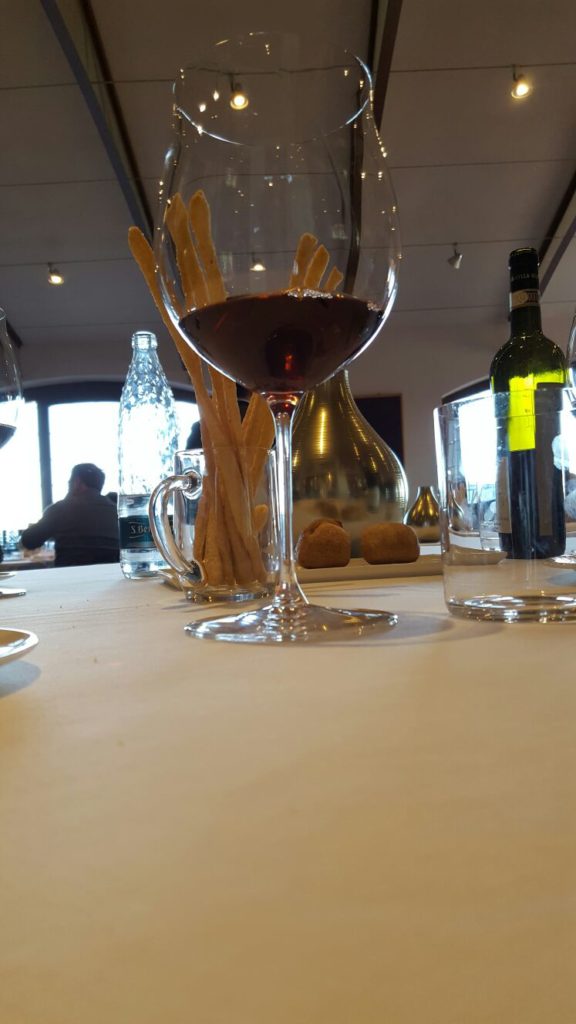
Rolling Around
Off to Barolo for a quick lunch at one of its many phenomenal restaurants; my favorite being Matteo Morra. We then head 6 kilometres up the hill to La Morra where we stroll through Trails of Barolo to help us digest our latest culinary experience.
Architectural Wonders
We could be ready for a nap but instead we head to Dogliani. The Neo Gothic town, unique for this area, is a must for visitors. We will also visit the Bar Pasticceria da Cerrina for a caffè and fabulous pastries and then make our way to Cà Nueva. Here, the Abbona family has been producing wine since the 1800’s.
Several wines are produced at the azienda Cà Nueva and a tour of the structure and tasting is a great way to end a day after wandering through some of the best hills and valleys of the Langhe.
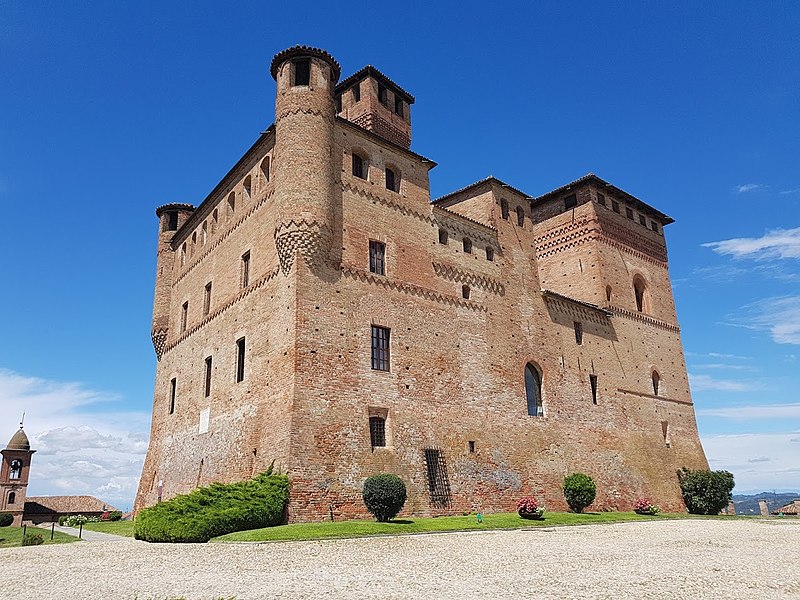
Relax and Re-charge
By now it is probably getting late so we head north to Alba where we can dine at one of the many restaurants or at my favorite; Boia Fauss Pensavo Peggio. Just the name is intriguing enough to make you want to try it. Later, sip the evening away as we recharge for the next day.
Tomorrow is an Other Day
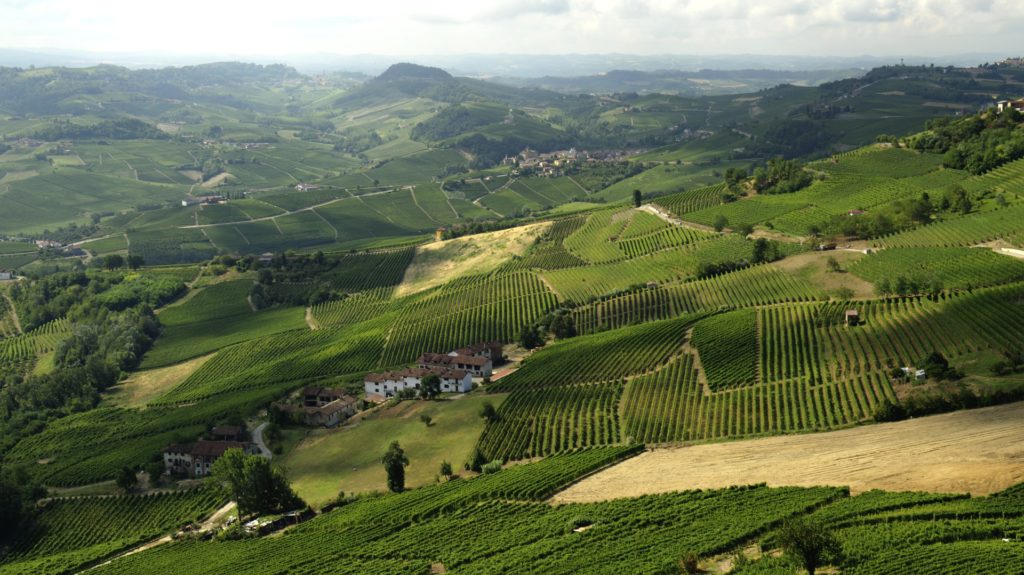
Alba itself is full day of exploring, and a must. Otherwise on to Bastia Mondovì and in particular the winery Bricco del Cuccù. If you do, and you should, ask to view the Chapel of San Fiorenzo. A rare sight of Goth Piemontese affrescos and view the famous affresco of the 7 Sins. There is more to see. Bra, Cherasco or the castles of Serralunga d’Alba, and Roddi await us. Not to mention the many other towns, restaurants, shops, wineries and museums throughout the Langhe.
This culturally rich region provides tourists, foodies, wine lovers and nature lovers some of the best kept secrets in Italy. The proximity to Milan, Turin, Genova and the easiness to access the small towns make the Langhe a must to any Italian itinerary.
For ways to reach Italy check out my blogs on Getting Around Italy on Planes and Trains
Many thanks to Enrico of http://www.langhe.net for his assistance and recommendations in creating this itinerary.
Naturally this is only the tip of the “Langhe” iceberg and if you would like more information or help in organizing a trip through this region or any other part of Italy, drop a line here below or at contact me privately at info@italiabound.com
If you find this article useful please share it with your fellow travellers and on social media.
‘Till then…Buon Viaggio.


